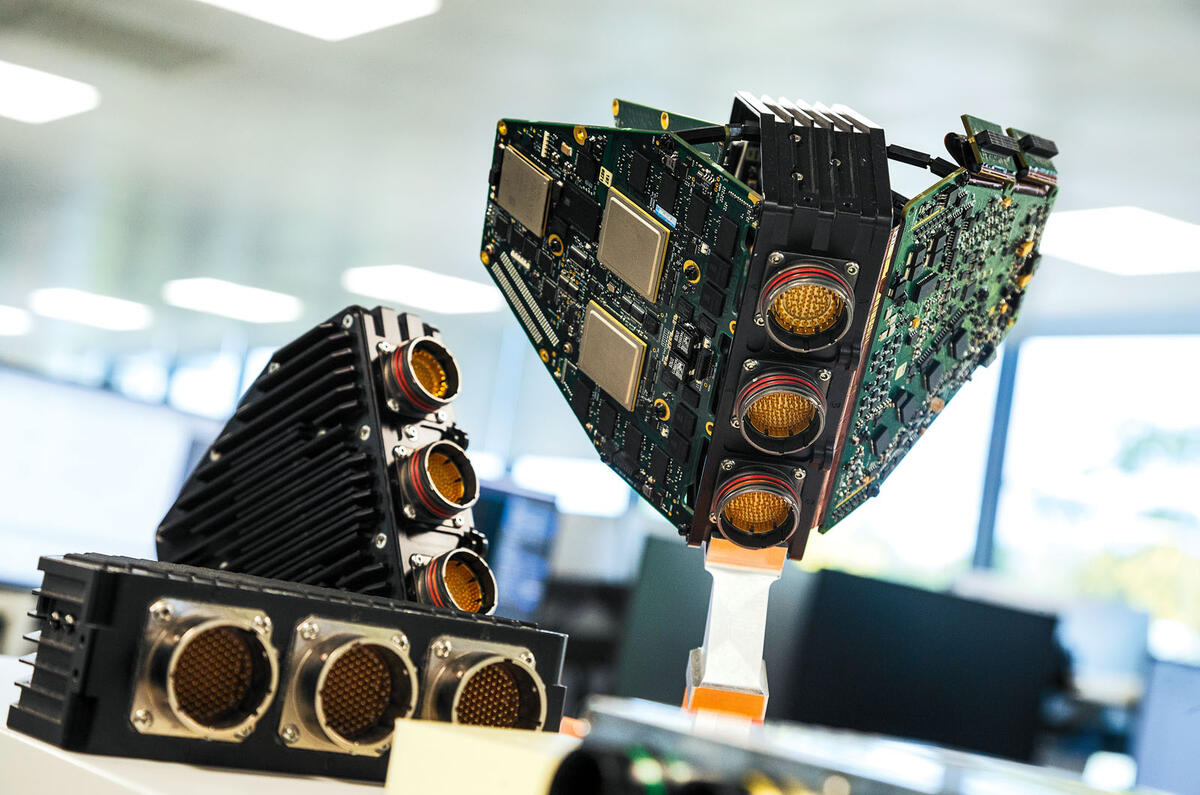Visitors to McLaren in Woking normally travel to the space-aged Technology Centre in its leafy 120-acre campus on the edge of town. But not this time: I’m near the railway station, facing a much less snazzy office block that wears the familiar name. It’s next to a bronze statue of a seated figure holding a globe that turns out to be HG Wells, who wrote several of his most famous science fiction books while living in the town. Which, in terms of looking to the future, is entirely appropriate.
Because despite the shared name and familiar branding, McLaren Applied is no longer part of the McLaren Group. It was spun off in August last year as the cash-strapped mothership moved to focus on its core activities of Formula 1 and road cars and is now an independent company. Shortly afterwards, Nick Fry, the one-time CEO of both the Mercedes and Brawn Formula 1 teams, joined as chairman. He has invited Autocar to visit to both showcase Applied’s expertise and to talk about what’s in the pipeline.




Add your comment